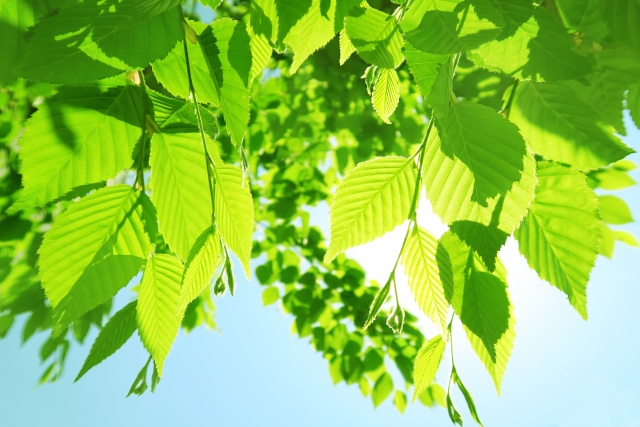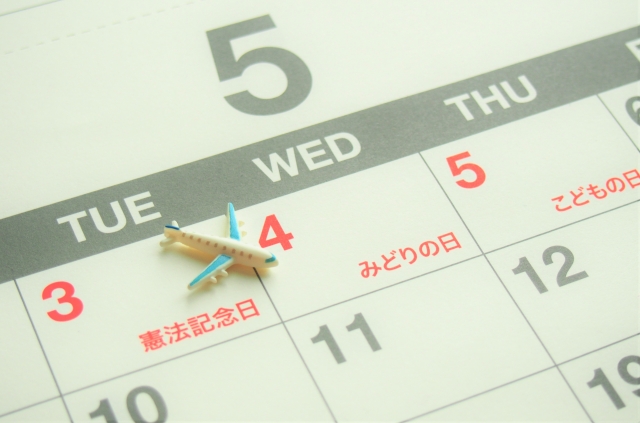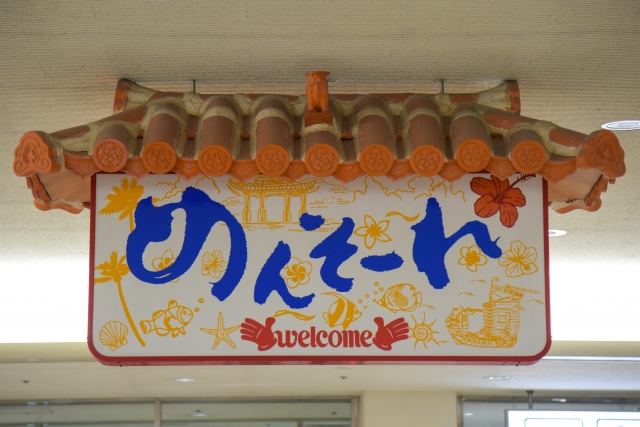Did you know that there is a day called “Midori no hi: Greenery Day”?
When asked, “What day is Greenery Day? If asked, can you answer immediately?
Even Japanese people cannot think of the date without thinking a little.
Therefore, on this page, we would like to organize the meaning and origin of Midori no Hi (Greenery Day).

Click here to learn Japanese language with the best one-on-one Japanese tutoring lessons in person or online.
What is the meaning and origin of Midori no Hi みどりの日?
Midori no hi(Greenery Day) is a national holiday established on May 4.
And “Midori no hi(Greenery Day)” is defined as a national holiday to “become familiar with nature, be grateful for its blessings, and nurture a rich spirit” (Law Concerning National Holidays).
Originally, “Midori no hi: Greenery Day” was established in 1989 to celebrate the birthday of Emperor Showa (Emperor Hirohito) on April 29 every year.
However, in 2007, May 4 became a national holiday as “Midori no hi: Greenery Day,” and April 29 was changed to “昭和の日:Showa Day.
Midori no Hi” falls in the middle of Golden Week, one of the longest holidays in Japan, lasting from April 29 to May 5. It also means warmer temperatures and more sunny days.
Now, let’s organize the holidays and weekends associated with Midori no Hi.
Please see the table below.
| April 29 | May 4 | |
| ~1988 | Emperor’s Birthday天皇誕生日 | National Holiday 国民の祝日 |
| 1989~ 2006 | Midori no Hi (Greenery Day) みどりの日 | |
| 2007~ | Showa Day昭和の日 | Midori no Hi (Greenery Day) みどりの日 |
The date of “midori no hi: Greenery Day” has thus changed.
In 1989, “Midori no hi: Greenery Day” was deemed appropriate because of Emperor Showa’s deep knowledge of plants and his love of nature.
In 2007, April 29 was again designated as “Showa Day,” and since “Midori no hi” could not be abolished, “Midori no hi” was moved to May 4.

Outline
- The national holiday “Greenery Day” is May 4, and the date is fixed.
- Greenery Day was moved from April 29 to May 4. (since 2007).
Related article:










